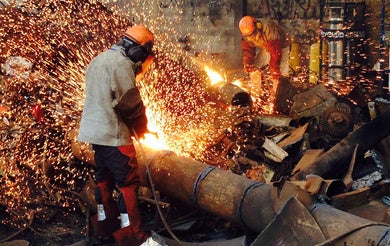
Fixing the Broken Rung: How Data Can Help Advance Women’s Careers in Latin America and the Caribbean
In Latin America and the Caribbean (LAC), the greatest disruption in women’s career progression occurs during the transition into managerial roles. A collaboration between IDB Invest and LinkedIn, within the framework of the Development Data Partnership, uses large-scale labor-market data to identify where women’s participation declines and what barriers exist across sectors and career stages.

A Few Very Good Reasons to Protect the Integrity of Gender Bonds
Latin America and the Caribbean has become a leading region in gender bond issuance aimed at bolstering women’s empowerment. These instruments offer a promising capital market solution to mobilize funds towards projects that help accelerate parity.

Innovation Boosts Productivity, Wages, and Sales in the Caribbean
A recent study by IDB Invest and FinDev Canada analyzes survey data from over 1,000 firms across seven Caribbean countries in 2020, finding that investing in new or improved products, services, processes, methods, or distribution channels drives productivity and financial performance and can also make companies more resilient in the face of crisis.

International Women’s Day: more than a day for women and men
Going beyond the day itself, International Women’s Day is an opportunity for all to commit to advancing gender equality and create real workplace inclusion. I challenge you to go one step further and make gender equality everyone’s business.

Why steel companies are hiring more women
If the entire private sector of Latin America and the Caribbean was one giant company, six out of ten of its employees would be men. And while you could find a somewhat larger number of women in some parts of that company such as Finance, Legal and Human Resources, other areas would almost entirely be made up of men.

Four ways to get more women on corporate boards in Latin America
Two weeks ago, Banco Santander invited 50 women to the University of California Los Angeles (UCLA) Anderson School of Management to participate in the W50 program. The W50 program is part of the Banco Santander Universities program. It builds on the decision of former Bank’s president Emilio Botín that Banco Santander should maximize its social impact through universities providing education and capacity building. Over 90% of Banco Santander’s Corporate Social Responsibility Program is invested in the Universities program, an investment of over US$240 (EUR 210) million in scholarships since 2005.